Unlock your golf potential with Christo as he demonstrates powerful strategies for mastering the perfect swing on the course. Learn how to generate more leverage and power in your game. Don’t miss out on these transformative tips for all golfers! #GolfSwing #GolfTechniques #GolfingTips #LearnToGolf #PowerInYourSwing #GolfCourse #GolfingCommunity #SwingUnderPlane #GolfPro #GolfImprovement

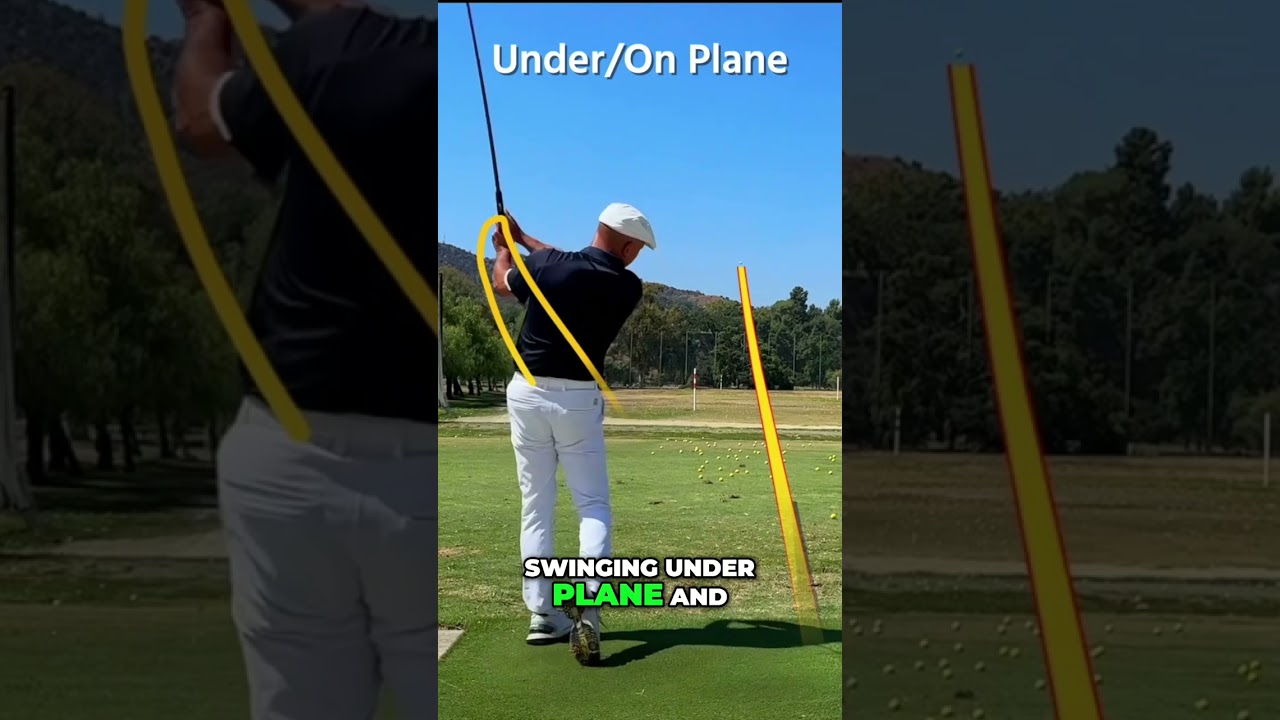
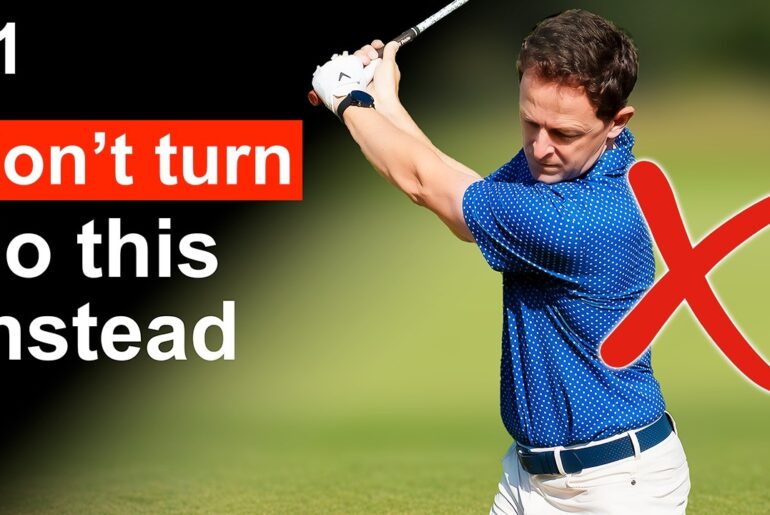
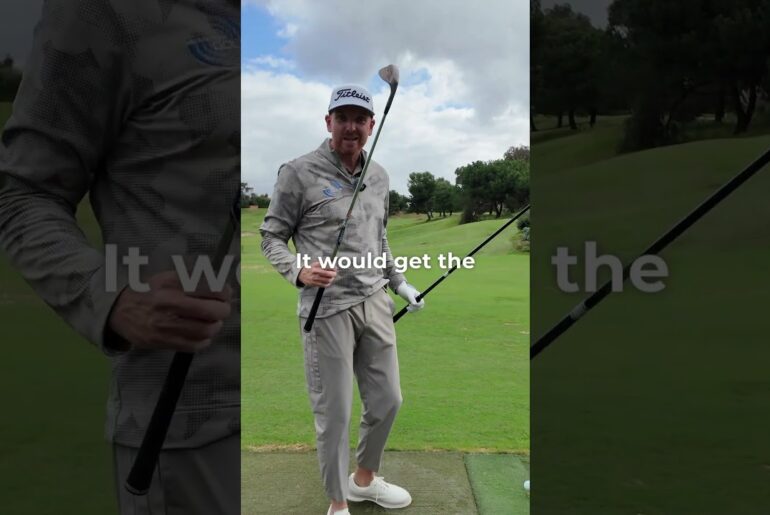

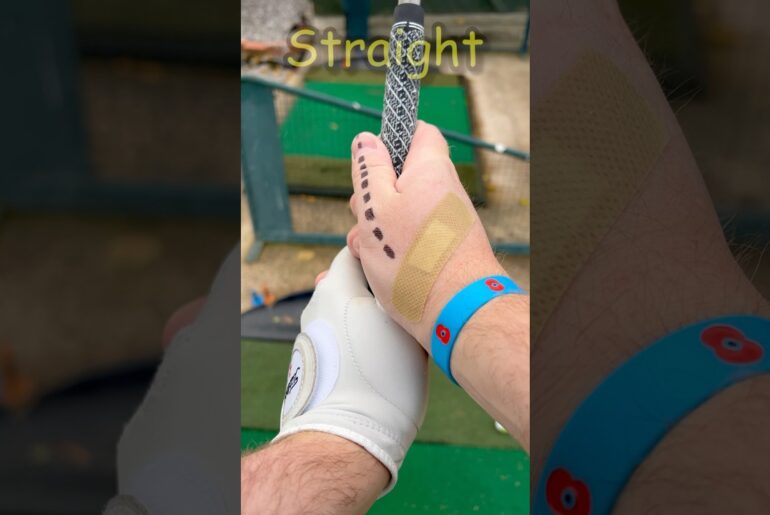
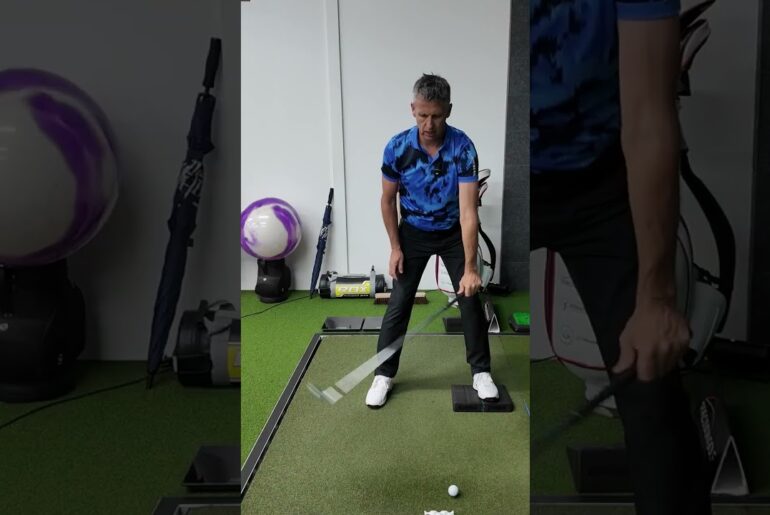

10 Comments
I see this as a hands/arms style swing. I do this because (1) I don’t really like turning so much, can get stuck and maintaining the X-separation is painful… and (2) I find I have more control and consistent control over the swing-plane, release, and clubhead with the hands n’ arms dominant swing… and (3) there’s plenty of power there, never really found more power in the rotation dominant swing… (4) there IS rotation, it’s just coming earlier and later as I don’t see the need for rotation from, say, P-4 thru P-6 when rotating doesn’t help and is just a strain and can (and, for me, does) cause spinning out and getting stuck a lot… and I could go on.
I don’t think of this as “over the top” but I can see if the club is taken back to the inside that it’s natural and necessary to bring in down in a “relatively” over the top path, but really “on plane” as per the target line (assuming a straight shot is the intended shot shape). I would also point out that the proper control of the right shoulder throughout the swing is very important, as is proper control of the hips. Personally I like my hips to shift off tie top a bit closed. Thru P-8 or even P-7. At P-6 my right heel (I’m right handed) starts to come off the ground as my second and final “turn” (from leg action) begins there, at P-6. I do make a bit of a forward tossing action but by P-6 the hands are circling back in — most people would call that casting or “coming over the top.” Compared to what most golfers do it would be called that I think. It’s the hands that do the “over the top” stuff, the clubhead orbits on plane. I would recommend Christo’s lessons to those looking to find a better way. And it isn’t like this over the top method stops you from doing a fully rotational swing. I find I can do a fully rotational swing no problem, as this over the top method preps one for a fully rotational swing, but why do that? I do not find much more (if any more) power in a fully rotational swing. The bulk of power is in the proper use of the right shoulder and shift and a nice release — small amount more turning could only possibly result in a small amount more power, but what cost in accuracy? You really need to learn BOTH methods of swinging to be able to say for yourself. I think Christo can take you down both paths. For me, I choose the hands n arms style because I have so much more control and still very satisfactory power and distance. This makes for low scores. Missing fairways and greens when you can reach your target easily to be on in regulation or on in two or on the fringe on par 5s is what eats me up inside. No need for that. I do think the Calvin Pete “short but straight” concept is superior for most all golfers, especially because a 98 mph driver clubhead speed knocks the ball 265. And if you can manage a little more clubhead speed… (or if you can swing a heavier clubhead — say an E swingweight)…. then more distance still.
Enough said.
The best way I’ve found to explain what I do, virtually the same as OTT, is a reverse slot instead of a traditional slot of the club.
Nailed it great explanation
Tracing the butt end of the shaft’s travel and tracing the club head’s path are 2 independent things. OTT depends on one’s exact definition. Personally when you specifically draw the ball beautifully as you do sometimes I wouldn’t call that OTT. For a draw or hook to be OTT wouldn’t it have to be an actual pull to the left PLUS contact with a closed face relative to the club path? Resulting in the ball going way left into purgatory? When you fade the ball purposely as you also do there may be a very slight OTT motion. Regardless – damn nice swing Christo.
Love the slo mo!!🎉
It's not over the top
Relatively speaking, under/OTT movement. The OTT itself is actually on-plane.
It's not under plane and on plane, it's two different planes. It's in the book
Very good! That is a better description of what you are doing. Old school; good stuff.
Under on plane for sure! Over the top for most people means the club is travelling over the plane. This confuses most people